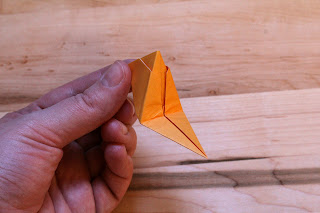I finished a quilt! This makes two crib quilts that I have completed, and two tops that still have to be quilted. Oh, and one bunch of fabric that needs to be pieced. Oh well, just another item on my long list of projects. But this quilt for my new niece is done!
My nieces' nursery is beach themed, so I decided to make a clamshell quilt. Traditional clamshell quilts were made with scraps of fabric so were very random looking. I threw caution to the wind and bought over 10 different fabrics with mermaid and beach designs. Then I traced and cut out many many many (140-ish) little clamshells.
This is much more colorful and busy than anything I've ever made before. I like symmetry and order, so it was really hard for me to randomly lay out these pieces. First I tried listing each shell in a random number generator and arranging them the way it told me. But once I got a look at it, there were too many of the same fabric near each other or touching. I ended up laying out each row very carefully to make it look random.
Then for over a year I sewed the shells together by hand. The curved edge is folded down and appliqued to the bottom of the shell above it. I looked at a lot of tutorials online to figure out how to make the process a little easier.
I forced myself to finish days before the little girl's first birthday. While I love the end result, I doubt I will ever hand stitch another quilt top. A friend of mine is addicted to English paper piecing, so to each their own.
























































